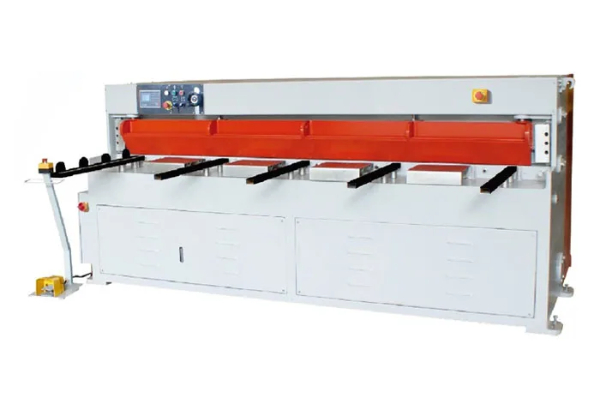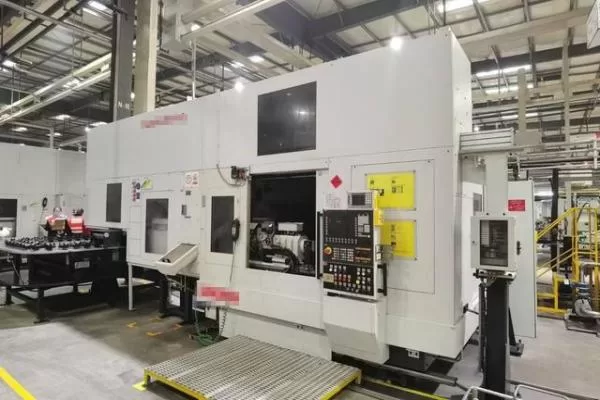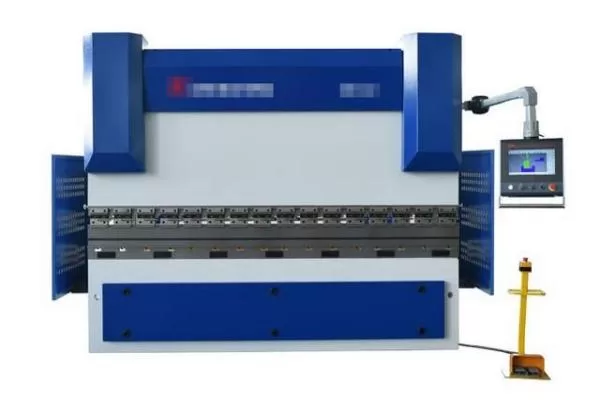
Maintaining Longevity and Efficiency in Metal Plate Bending Machines
- By:Metmac
- 2024-09-05
- 143
Ensuring Enduring Performance with Optimal Techniques
Metal plate bending machines are indispensable tools in various industries, transforming raw materials into intricate shapes with precision. However, maximizing their longevity and efficiency requires meticulous care and strategic maintenance practices. By embracing these principles, businesses can harness the full potential of their metal bending machines, minimizing downtime and maximizing productivity.
Preventive Maintenance: A Foundation for Success
Preventive maintenance is the cornerstone of maintaining machine longevity. Regular inspections and scheduled servicing help identify potential issues early, preventing catastrophic breakdowns. During inspections, components are thoroughly examined for signs of wear, damage, or misalignment. Routine lubrication ensures smooth operation, reduces friction, and extends the lifespan of moving parts.
Precision Calibration: Guaranteeing Accuracy
Accurate bending requires precise calibration of the machine’s components. Regular calibration ensures that the machine bends plates to the desired angles and dimensions consistently. Advanced calibration techniques utilize sophisticated software and sensors to meticulously align all critical elements, ensuring optimal performance.
Proper Tooling: Matching the Task
Using the appropriate tooling for the job is crucial for efficiency and machine longevity. Different tool configurations, such as V-dies, U-dies, and blades, cater to specific bending requirements. Selecting the right tooling ensures the proper bending radius, minimizing material deformation and maximizing tool life.
Predictive Analytics: Proactive Maintenance
Advanced monitoring systems embedded in modern metal plate bending machines allow for predictive analytics, identifying potential problems before they arise. These systems continuously track machine parameters, such as temperature, vibration, and pressure. By analyzing this data, maintenance professionals can predict component failures and schedule repairs proactively, minimizing downtime and maximizing efficiency.
Operator Training: Empowering Expertise
Well-trained operators are essential for maintaining machine longevity. They possess the knowledge and skills to detect potential issues early, perform routine maintenance tasks, and ensure optimal operation. Training programs should include hands-on instruction, best practices in metal bending, and troubleshooting techniques.
By implementing these maintenance practices, businesses can ensure the longevity and efficiency of their metal plate bending machines. These measures extend machine lifespans, minimize downtime, enhance productivity, and, ultimately, contribute to the overall success of their operations. Embracing these principles empowers businesses to harness the full potential of their metal bending machines, forging a path towards enduring performance and operational excellence.
-
Advanced Sheet Metal Rolling, Cutting, and Folding Machines for Efficient Fabrication
2025/10/22 -
High-Precision Sheet Metal Bending and Cutting Solutions for Modern Manufacturing
2025/10/22 -
High-Precision Solutions from Leading Sheet Metal Cutting Machine Manufacturers
2025/09/11 -
Reliable Sheet Metal Equipment for Sale to Support Precision Fabrication
2025/07/17
-
High-Performance Sheet Metal Equipment for Sale: Forming and Shearing Solutions for Modern Fabrication
2025/10/22 -
Precision and Performance: Advanced Sheet Metal Processing Solutions
2025/10/17 -
Advanced Sheet Metal Press, Shearing, and Forming Machines
2025/10/17 -
High-Performance Sheet Metal Laser Cutting Machines for Sale — Precision and Efficiency Combined
2025/10/17
-
A Guide to the Latest Innovations in Sheet Metal Folding Machines
2024/11/29 -
Key Features to Consider When Investing in a Sheet Metal Folding Machine
2024/11/28 -
Enhancing Precision with Advanced Sheet Metal Folding Machines
2024/11/27 -
How to Choose the Right Sheet Metal Folding Machine for Your Workshop
2024/11/26







